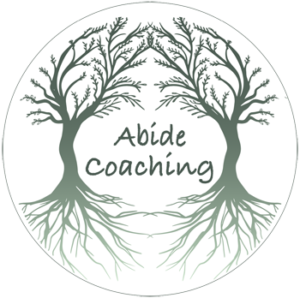This month I have teamed up with Dr. Paul Austin from Austin Functional wellness. Dr. Paul D. Austin, DC, DACNB, has been in practice for 35 years. For the last 20 years, he has specialized in Functional Neurology. He is an expert in helping improve brain function by working with the inherent timing mechanisms that control how we behave/act and perceive our external (Teleceptive) and internal (Interoceptive) environment.
Timing is everything. You have probably heard this common idiom, but what does it mean, and how does it apply to NDs? The idiom means that the success of something depends on when it happens. This concept is certainly true for our brains. Whether we realize it or not, every aspect of our lives is affected by timing. In ND brains, the timing is off.
We all use three internal clocks.
- Circadian timing revolves around our sleep-wake cycles.
- Interval timing – what you think of as seconds, minutes, and hours.
- Millisecond timing controls many cognitive and motor behaviors, including speech, hearing, and reactions.
It is this last one that is causing issues for NDs.
Our majestic brain is an electrical network that receives and sends
information and is so vast and complex that it can manifest
innumerable ways of functioning. Sensory information from our
internal and external environments communicates electrical impulses
from sensory receptors like the gut, skin, eyes, nose, ears, etc., back to
the brain for interpretation. Like a musical orchestra, the brain
needs harmony and symmetry to operate well. The brain can “excite”
(fast/speed me up) or “inhibit” (slow me down) through electrical
messages sent via the nervous system. Brain function is neither good
nor bad, but the brain’s timing is balanced or unbalanced. Timing plays a pivotal role in all our lives.
The brain has two distinct hemispheres that operate on opposite timing
platforms.
Left brain:
- The left brain is essentially the “Go/accelerator” (like the gas pedal in your car) brain.
- It involves initiating and maintaining our emotional behaviors and physical actions without much concern for the consequences of what it is initiating.
- It is also associated with IQ (Intelligence Quotient).
- It likes routine and structure.
Right brain:
- The right brain is the”Stop/brake.”
- It helps our left brain slow down or modify the electrical stimulus it is initiating so that the consequences are less significant.
- The right brain is associated with EQ (Emotional Intelligence).
- IT likes new and novel.
An example might be when your left brain says, “I’m late for an important meeting,” and then proceeds to drive you 20-30 mph
over the speed limit to get to the meeting. If your right brain is working
well, it will say, “Slow down, or you’re going to get a speeding ticket, and then you’ll be late for the meeting.” This metaphor works for
almost all situations.
One of the key therapeutic interventions that Dr. Austin uses is the
Interactive Metronome (IM). It is a training tool that helps
the human brain time itself more efficiently and coordinates the two
different hemispheres to improve overall brain function. Every
function in the body and brain depends on good timing. The following
things can benefit from timing training:
- Sensory Processing
- Working Memory
- Attention and Concentration
- Processing Speed
- Motor Planning and Sequencing
- Balance and Coordination
Other ways to improve your timing include:
- Any sport practiced enough will improve timing. I (Dr. Paul) particularly like tennis but any other ball sport. Ping pong, racquetball, pickleball, basketball, and soccer.
- Get a metronome app on your phone and practice tapping to it at different speeds using the:
- Both hands
- Both feet
- Your right hand and your left foot or the opposite
- Any body part – keeping in rhythm with the metronome.
- Most people are impulsive and “too fast,” which over-dominant left brain. They need to slow down, which is the right brain. Meditation with deep breathing is recommended. An excellent breathing tool is a straw because you can’t breathe fast through a straw.
Dr. Austin was a guest on my daughter and mine podcast. In that episode, we talked about a similar topic. You can listen to it here.
Dr. Austin is available for 20-minute free consultations to meet and
discuss therapeutic needs and whether this timing training might be the
right thing for you. And I (Sheila) always do discovery calls with potential clients before working with time. Please feel free to reach out to either of us.

